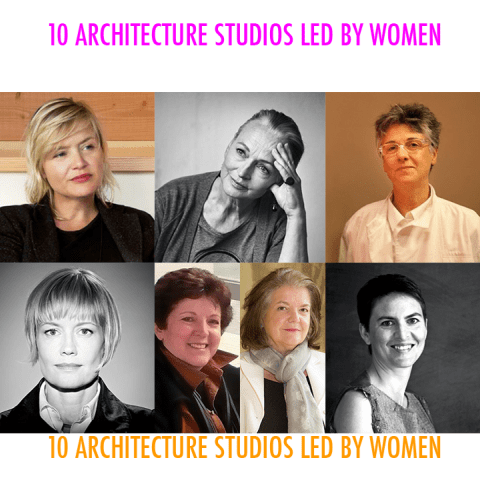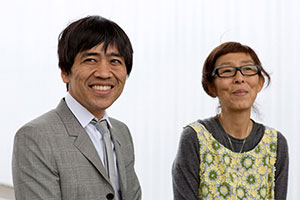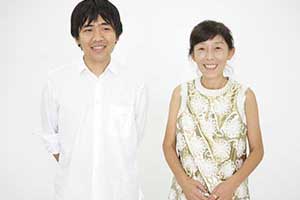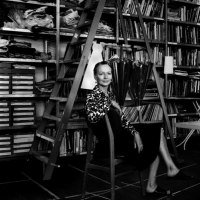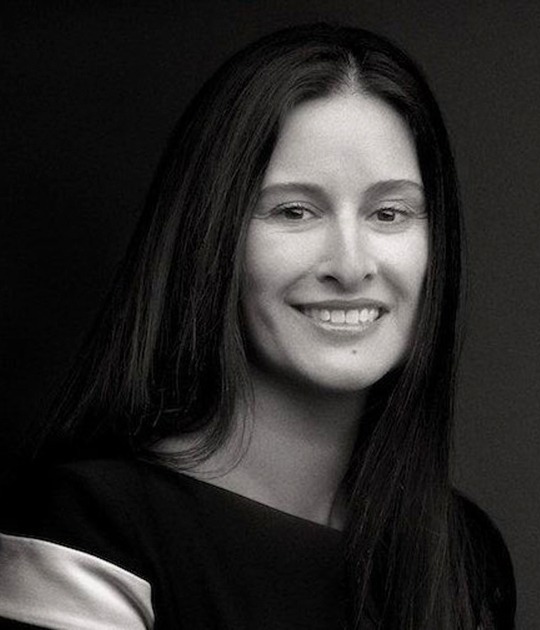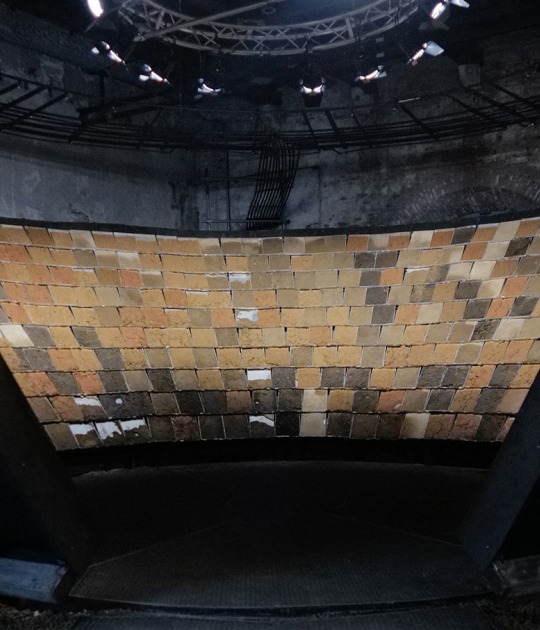We want tu pay tribute to the effort made by firms led exclusively by female architects. These are some of the most important studies led and founded by women.
Below.- Jeanne Gang - Studio Gang. Barbara Bestor - Bestor Architecture. Petra Blaisse - InsideOutside. Nasrine Seraji - Atelier Seraji Farshid. Kazuyo Sejima - SANAA. Farshid Moussavi - Moussavi Architecture. Alison Brooks - Alison Brooks Architects. Andrea Leers and Jane Weinzapel - LWA Associates. Anna Heringer - Anna Heringer Architecture. Carme Pinós - Estudio Carme Pinós.
- Jeanne Gang. Studio Gang, Chicago/NY. US
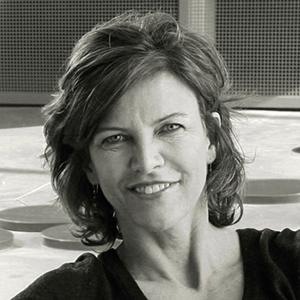
MacArthur Fellow Jeanne Gang is founder and principal of Studio Gang Architects, an award-winning architecture and urban design practice based in Chicago and New York. Internationally recognized for her innovative use of materials and environmentally sensitive approach, Jeanne explores the role of design in revitalizing cities. Through projects ranging in scale from community anchors and cultural institutions to tall mixed-use buildings and urban planning. Employing this approach, Jeanne has produced some of today’s most compelling architecture, including the Arcus Center for Social Justice Leadership, the WMS Boathouse at Clark Park, the Nature Boardwalk at Lincoln Park Zoo, and Aqua Tower.
Founded by Gang in 1997, Studio Gang Architects is a collective of architects, designers, and thinkers whose work engages pressing contemporary issues and their impact on human experience. It was honored with the 2013 National Design Award for Architecture from the Cooper-Hewitt, National Design Museum.
- Barbara Bestor. Bestor Architecture, LA. US
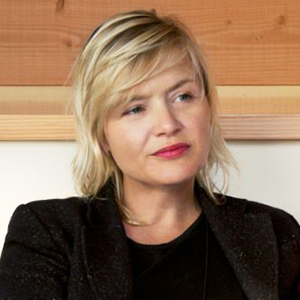
Barbara Bestor, principal at Barbara Bestor Architecture, is an award-winning architect known for commercial spaces, such as Intelligentsia Coffee in Silver Lake, California and experimental houses located in Venice, Santa Barbara, and New York City. She graduated with a Master’s in Architecture from SCI-Arc, and obtained a degree in Visual and Environmental Studies from Harvard. Barbara is also a former professor at both of these institutions, as well as UCLA. Currently Bestor is the Julius Shulman Distinguished Professor in Practice at Woodbury University.
Bestor Architecture, based in Los Angeles, was founded in 1995. The office is collaborative and produces design that navigates between popular culture, art, and architecture. The office’s manifesto, which is embedded in the work, is: “Everyone should experience strange beauty every day.”
- Alison Brooks. Alison Brooks Architects, London. UK
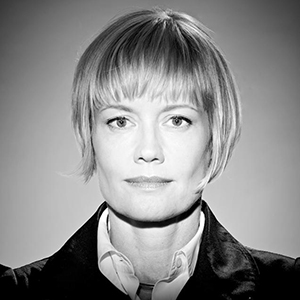
Alison Brooks, principal and creative director of Alison Brooks Architects London is recognised as one of the leading architects of her generation. Since establishing ABA in 1996 her work has attracted international acclaim for its conceptual rigour, sculptural quality and ingenious detailing. Born in Ontario, Canada in 1962, she moved to London in 1988 after graduating with a B.E.S and B.Arch from the University of Waterloo. Her practice’s work has been founded on research into the specific social, cultural and physical context of each brief, interpreted to respond directly to client needs while placing it within a broader cultural framework.
Founded in 1996, Alison Brooks Architects has developed an international reputation for delivering design excellence and innovation in projects ranging from urban regeneration, master planning, public buildings for the arts, higher education and housing.
- Nasrine Seraji. Atelier Seraji, Paris. France
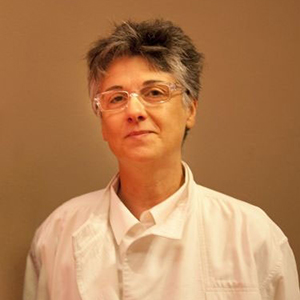
Nasrine Seraji, AA dipl RIBA Nasrine Seraji was born in 1957 in Teheran. After studying at the Architectural Association and practising in London, Seraji moved to Paris in 1989 to establish her studio where architecture is treated as both a cultural debate and a practice. Between 1993 and 2001, Seraji taught at Columbia University in New York, at the Architectural Association in London as Diploma Unit Master, and Princeton University as Visiting Professor. In 2006, she became Dean of the École Nationale Supérieure d’Architecture Paris-Malaquais (formerly the École des Beaux-Arts) by Presidential and Ministerial appointment.
Architect of the award-winning Temporary American Centre in Paris, Seraji has completed several notable buildings and projects, including apartment buildings in Vienna, student housing in Paris (2003) and an extension to the School of Architecture in Lille (2006).
- Kazuyo Sejima. SANAA, Tokyo. Japan
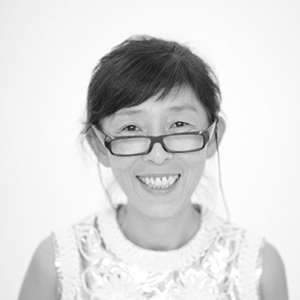
Kazuyo Sejima set up her own studio in 1987 and in 1992 was proclaimed Young Architect of the Year in Japan. She studied architecture at the Japan Women’s University and went on to work for the renowned architect Toyo Ito. In 1995 she founded SANAA together with Ryue Nishizawa, although they keep working independently from each as well. Kazuyo Sejima and Ryue Nishizawa have won the 2010 Pritzker Prize.
Sejima directed the 12th International Architecture Exhibition and was the first woman to direct a Venice Architecture Biennale since its inception in 1980.
- Farshid Moussavi. FMA, London. UK
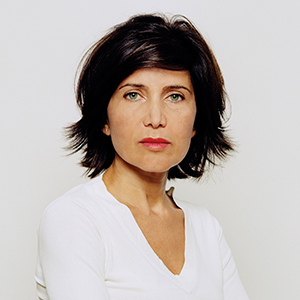
Farshid Moussavi worked at the Renzo Piano Building Workshop and the Office of Metropolitan Architecture (OMA) before co-founding Foreign Office Architects (FOA) in 1995 where she worked until its demerger in May 2011. She is Professor in Practice of Architecture at Harvard University, USA. She published "The Function of Ornament" in 2006, based on her research and teaching at Harvard, and the second volume, "The Function of Forms", in 2009.
Moussavi has also been a visiting professor at UCLA, Columbia and Princeton, and head of the Academy of Fine Arts in Vienna. As well as serving on numerous international design juries, she is a trustee of the Whitechapel Gallery and Architecture Foundation in London, and a member of the Steering Committee of the Aga Khan Award for Architecture.
- Petra Blaisse. InsideOutside, Amsterdam. The Netherlands
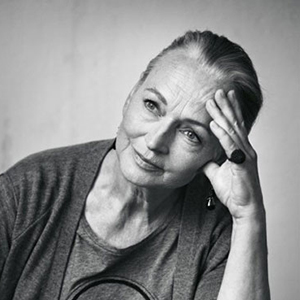
Petra Blaisse is more popularly known in the world of architecture for her collaboration in some of the most brilliant projects by Rem Koolhaas, such as the Seattle Central Library or the Casa da Música in Porto. From 1987, she worked as a freelance designer and won distinction for her installations of architectural work, in which the exhibited work was challenged more than displayed. Gradually her focus shifted to the use of textiles, light and finishes in interior space and, at the same time, to the design of gardens and landscapes. In 1991, she founded Inside Outside. Blaisse invited specialist of various disciplines to work with her and currently the team consists of about ten people of different nationalities.
In the past years, the opening of a number of public and private buildings in which Inside Outside implemented interior and landscape interventions brought the work of Blaisse’s studio to the attention of a broader public. Examples are the restoration project for the Hackney Empire Theatre in London or the Mercedes Benz museum in Stuttgart. For landscape design, the studio presently works, together with OMA Hong Kong and Rotterdam, on the landscape masterplan for the West Kowloon Cultural District in Hong Kong and on public gardens (Shenzhen Stock Exchange, Qatar Foundation Headquarters and Education City Library) and on master plans for new urban development areas in Ghadames and Sebha, Libya.
- Carme Pinós. Estudio Carme Pinós, Barcelona. Spain
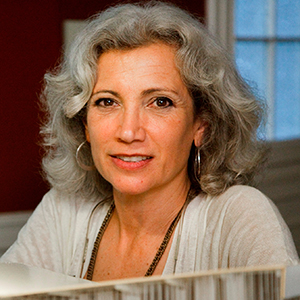
Carme Pinós. After winning international recognition for her work with Enric Miralles in projects such as the Igualada Cemetery, Carme Pinós set up her own studio in 1991, undertaking projects which she had initiated in her previous office, such as the Boarding School in Morella.
Among her most outstanding recent projects are the Master Plan for the historic center of Saint Dizier (France), where the architect is also carrying out various interventions in public spaces; the Departments building of the new campus of the Vienna University of Economics and Business (Austria); and the Cube II Tower in Gudalajara (Mexico). In Spain, her projects include the Caixaforum Cultural and Exhibition Center in Zaragoza; the Regional Office of the Generalitat in Tortosa; the architectural set composed by Gardunya Square, Massana School of Arts, a block of flats and the back façade of the popular Boqueria Market in Historical District of Barcelona; and a public housing block in the district of Vallecas (Madrid).
Carme Pinós has received many awards, including the National Architecture Award by the High Council of Spanish Architects (1995) and the First Prize at the Spanish Biennial of Architecture (2008).
- Anna Heringer. Anna Heringer Architecture, Laufen. Switzerland
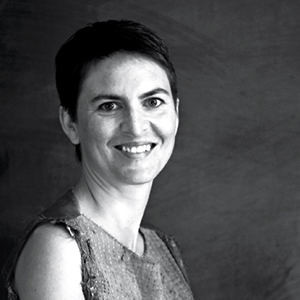
Anna Heringer has designed a number of notable buildings including the METI Handmade School in Rudrapur, Bangladesh. She studied architecture at the University of Arts and Industrial Design in Linz, Austria. At the age of 19, she lived in Bangladesh for almost a year, where she had the chance to learn from the NGO Dipshikha about sustainable development work. Eight years later, in 2005, she tried to transfer this philosophy into the field of architecture. Together with Eike Roswag and a team of Bangladeshi and German craftsmen, she realized the Meti School in Rudrapur, Bangladesh, which she designed in 2004 as a diploma project at the University of Arts in Linz.
She received a number of honours such as the Hunter Douglas Archiprix, the AR Emerging Architecture Awards (2006 and 2008), the Global Award for Sustainable Architecture (2011) and was awarded with the 2012 RIBA International Fellowship. Since 2010 she has been the honorary professor of the UNESCO Chair “Earthen Architecture, Construction Cultures and Sustainable Development”.
- Andrea Leers and Jane Weinzapel. LWA Associates, Boston. US
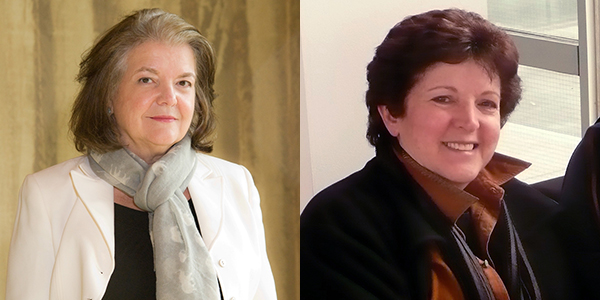
Jane Weinzapfel and Andrea Leers are principals and co-founders of Leers Weinzapfel Associates, a Boston based practice and 2007 AIA Firm Award winner. Their work has been widely recognized in over 65 national and regional awards by the profession, by exhibitions, and by publications in the US, Europe, and Japan. Work of the firm encompasses a wide range of projects, from technically demanding infrastructure installations, to prominent civic buildings, to advanced learning and living environments for colleges and universities.
